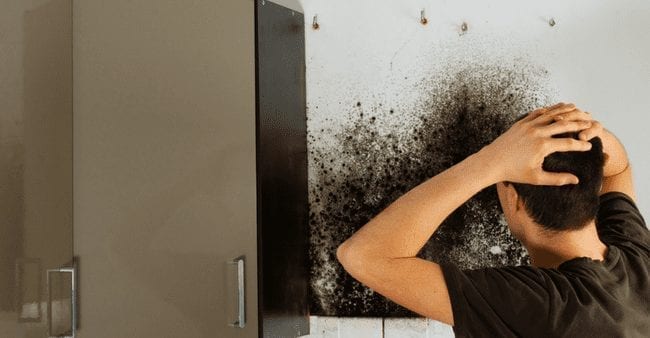How to Check If Your Residence Has a Concealed Leak
How to Check If Your Residence Has a Concealed Leak
Blog Article
Are you in search of info around Detecting hidden plumbing leaks?

Early discovery of leaking water lines can mitigate a prospective disaster. Besides conserving you cash, it will reduce the worry and frustration. The moment you locate a leak, calling your plumber for repairs is the most effective remedy. Nevertheless, some little water leaks may not be visible. Here are some hacks that help if you can not spot it with your naked eyes.
1. Examine the Water Meter
Checking it is a guaranteed method that assists you find leaks. If it relocates, that suggests a fast-moving leakage. This suggests you might have a slow leak that can even be underground.
2. Check Water Usage
Examine your water costs and also track your water intake. As the one paying it, you should discover if there are any type of inconsistencies. If you detect sudden changes, regardless of your consumption being the same, it means that you have leaks in your plumbing system. Keep in mind, your water expense must drop under the exact same variety each month. An abrupt spike in your costs shows a fast-moving leakage.
Meanwhile, a steady rise on a monthly basis, despite having the very same behaviors, reveals you have a sluggish leak that's also gradually rising. Call a plumber to thoroughly check your residential or commercial property, especially if you really feel a cozy area on your flooring with piping beneath.
3. Do a Food Coloring Test
When it comes to water intake, 30% comes from toilets. Test to see if they are running properly. Decline specks of food color in the container as well as wait 10 minutes. If the shade somehow infiltrates your bowl during that time without flushing, there's a leakage in between the tank and also bowl.
4. Asses Outside Lines
Don't fail to remember to examine your outdoor water lines as well. Needs to water seep out of the link, you have a loose rubber gasket. One small leakage can waste heaps of water and surge your water expense.
5. Evaluate and Examine the Scenario
Homeowners must make it a behavior to check under the sink counters and even inside cupboards for any kind of bad odor or mold growth. These two red flags suggest a leakage so punctual attention is required. Doing routine assessments, even bi-annually, can save you from a significant issue.
Inspect for discolorations as well as compromising as most pipes and also devices have a life expectancy. If you believe dripping water lines in your plumbing system, don't wait for it to escalate.
Early discovery of dripping water lines can reduce a potential calamity. Some small water leaks may not be visible. Checking it is a proven method that helps you uncover leaks. One tiny leakage can squander loads of water and increase your water expense.
If you suspect dripping water lines in your plumbing system, don't wait for it to rise.
WARNING SIGNS OF WATER LEAKAGE BEHIND THE WALL
PERSISTENT MUSTY ODORS
As water slowly drips from a leaky pipe inside the wall, flooring and sheetrock stay damp and develop an odor similar to wet cardboard. It generates a musty smell that can help you find hidden leaks.
MOLD IN UNUSUAL AREAS
Mold usually grows in wet areas like kitchens, baths and laundry rooms. If you spot the stuff on walls or baseboards in other rooms of the house, it’s a good indicator of undetected water leaks.
STAINS THAT GROW
When mold thrives around a leaky pipe, it sometimes takes hold on the inside surface of the affected wall. A growing stain on otherwise clean sheetrock is often your sign of a hidden plumbing problem.
PEELING OR BUBBLING WALLPAPER / PAINT
This clue is easy to miss in rooms that don’t get much use. When you see wallpaper separating along seams or paint bubbling or flaking off the wall, blame sheetrock that stays wet because of an undetected leak.
BUCKLED CEILINGS AND STAINED FLOORS
If ceilings or floors in bathrooms, kitchens or laundry areas develop structural problems, don’t rule out constant damp inside the walls. Wet sheetrock can affect adjacent framing, flooring and ceilings.
https://www.servicemasterbyzaba.com/blog/how-to-detect-water-leakage-in-walls/

As a fervent reader about Finding hidden leaks, I imagined sharing that portion was really useful. If you please take a moment to promote this page if you enjoyed it. Thank you so much for your time spent reading it.
Report this page